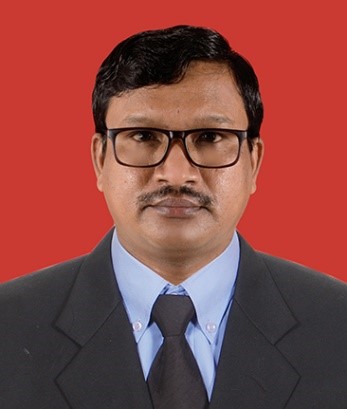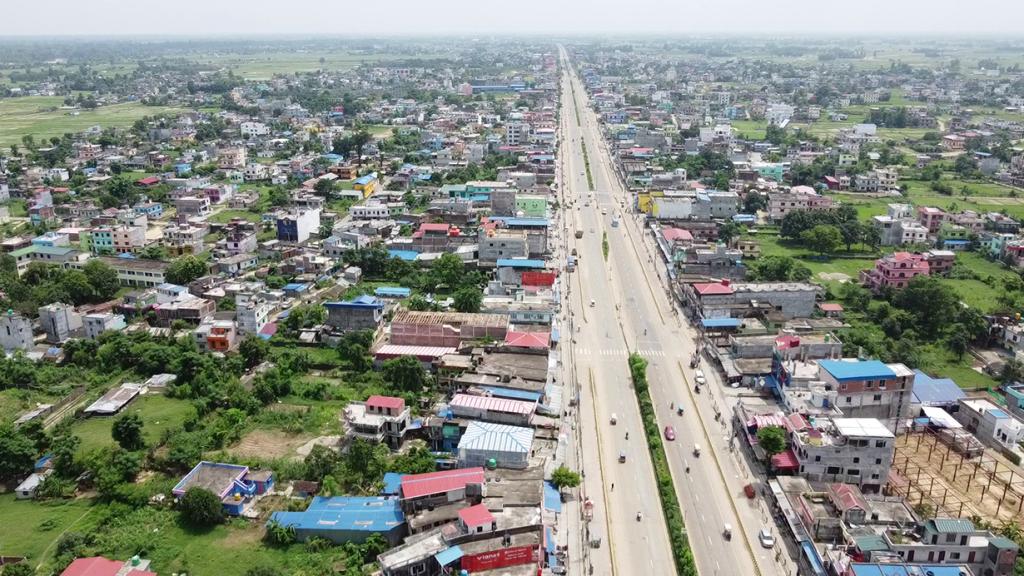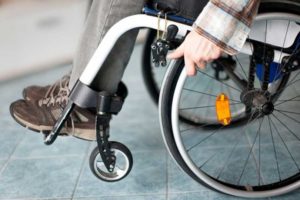
Traditionally, disability has been viewed as a mental or physical condition that hinders daily activities or the ability to function equally with others. This definition focuses on occupational prospect and sets a benchmark for understanding disability in terms of bodily functions and the demand for equality in functioning.
It emphasises the importance of body structure, the functioning of body parts, and appearance, suggesting that without similar capabilities, a person is seen as incomplete or disabled. This narrow perception of disability ignores the equal importance of other human and social needs.
For instance, the ability to carry a heavy load, walk long distances, see, and hear like others are often seen as capabilities. However, this perspective lacks consideration for alternative ways of living. Not everyone needs to carry a heavy load, as every occupation has its own essential role.
For example, doctors are crucial for saving lives, while farmers are equally important for providing food. Similarly, some tasks require brainpower, while others need physical strength. The combination of mental and physical efforts enables us to carry out daily activities, build our societies, and shape the way we live our lives.
We should now focus on providing equal opportunities, placing the right person in the right place, and valuing diversity. This involves addressing the barriers created by humans or the environment that hinder all citizens, particularly those with physical, mental, sensory, cognitive, and other impairments or functional limitations. These barriers prevent people with disabilities from accessing, participating in, and seizing opportunities to showcase their abilities.
The interaction between people with impairments and an environment fueled with physical, attitudinal, communication, and social barriers results in significant challenges. Additionally, there is a common misconception that personal impairments or body functions are symbols of illness or sickness.
This perspective sees disability as a physical condition intrinsic to the individual, potentially reducing their quality of life and causing clear disadvantages. Such negative perceptions suggest that the problems of living with a disability stem from not having “normal” bodies.
However, with the availability of support mechanisms like assistive devices and technology, the abilities of individuals with disabilities can be amplified. For example, a blind person with access to assistive technology such as screen reader software, text-to-speech devices, Braille, or AI-equipped personal assistant devices can pursue higher education, attain high positions, and make significant contributions to their family, society, and nation.
The United Nations Convention on the Rights of Persons with Disabilities has challenged the traditional distinctions between disability, physical ability, medical conditions, and societal perceptions by rejecting a standardised definition of disability. It recognises that disability results from the interaction between environmental, social, and bodily factors.
When societal attitudes, environments, or mindsets create more barriers, the opportunities for participation, productivity, and contribution by persons with disabilities are limited. The experience of disability is influenced not only by the nature of a person’s impairment but also by factors such as gender, age, ethnicity, and culture. These factors can profoundly and sometimes compound an individual’s experience of disability.
The distinction between disability and impairment are influential drives for inclusion or exclusion. Impairment refers to the functions, structures, shaping, appearance, or capabilities of the whole body and its parts. It typically concerns the anatomical function of a body part, which can be intellectual, psychiatric, physical, neurological, or sensory, and can be temporary, intermittent, or ongoing.
An impairment can be temporary due to illness, accident, or incident, but it can also be long-term, congenital, or invisible. Multiple impairments are common, especially with increasing age. The limitations in body function can be managed or improved with the support of assistive technology or other social support mechanisms.
Even though the UNCRPD, implemented by the United Nations, serves as a core international instrument for disability inclusion from a rights-based perspective, there are contradictions between its aspiration and the World Health Organization’s (WHO) definition.
The WHO’s “International Classification of Functioning” defines disability as encompassing a spectrum of various levels of functioning at the body, person, and societal levels. Disability denotes impairments in body functions and structures, activity limitations, and participation restrictions.
Currently, there are divergent philosophies shaping the understanding of disability. One squad argues that disability is solely about body functions and the inability to perform activities in a same manner considered normal for human beings or as others performs.
The other perspective, rooted in human rights, argues that environmental factors are key in restricting participation and performance. This perspective suggests that if such restrictions are eliminated and barriers are removed, opportunities can be created, reducing feelings of exhaustion and amplifying productive abilities. The effectiveness of these productive abilities, when evaluated against others, may not be lesser; it all depends on how we perceive the end result.
Impairment is closely linked to the physical condition of individuals and can often be detected in everyone. Differences in size, color, abilities, performance, and privileges are evident among everyone. If we define disability solely because of physical structure or body function, it results in unjust discrimination.
This approach would imply that nearly everyone could be considered impaired since questions about individual differences, such as why one person cannot lift the same weight as another, why someone is taller, or why men cannot give birth-would arise.
Therefore, disability should be viewed as a social or human rights-based agenda, recognising individuals’ abilities and contributions for meaningful participation. It is essential to find techniques that foster meaningful participation that gives them a sense of belonging.
A practical approach is to allocate tasks based on an individual’s capabilities without judging the outcome or comparing the value with others. It is to note that every task has unique value, such as identifying tasks corresponding with an individual’s specific abilities without evaluating the results against those of others. This approach ensures that everyone can contribute effectively and feel valued.






















